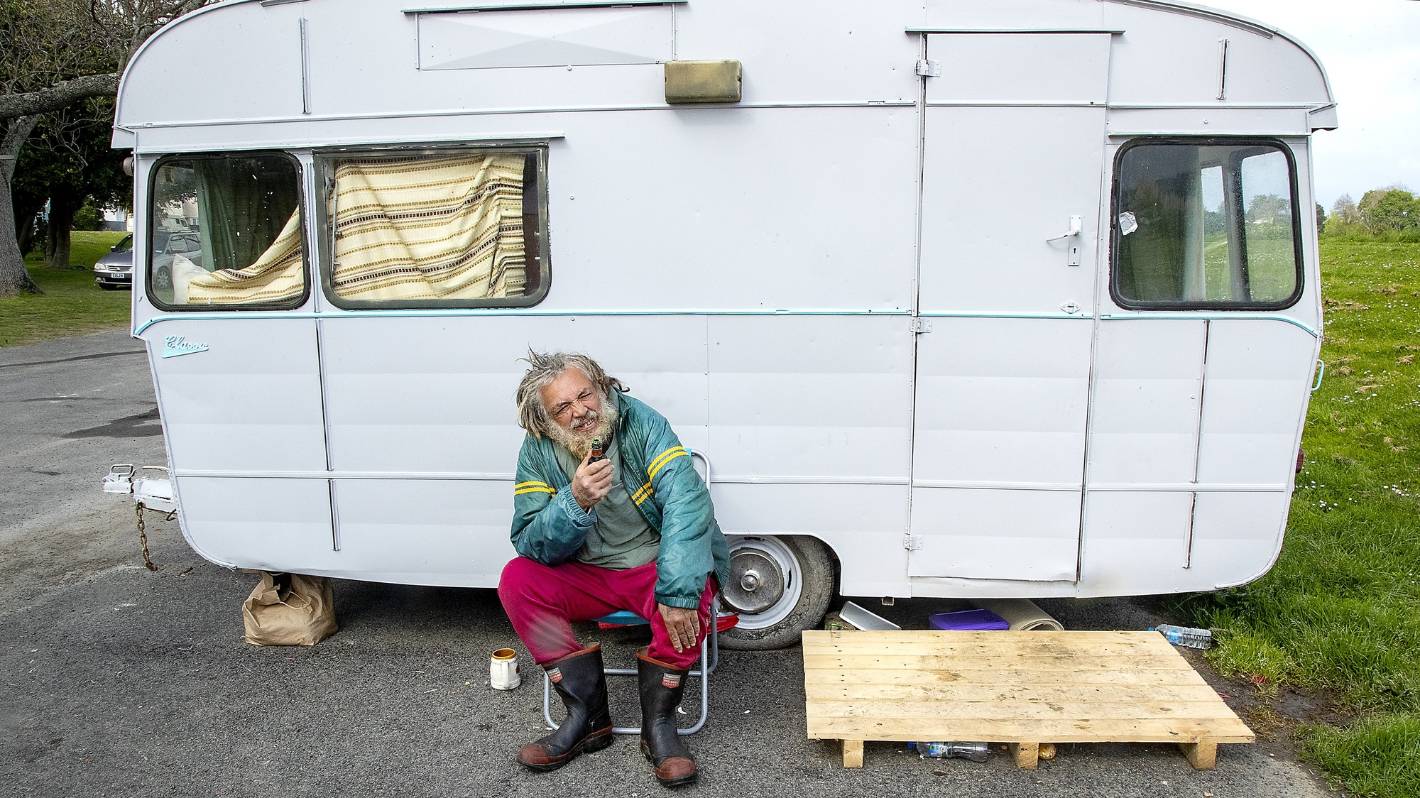Homelessness in Whanganui: How Local Government can Help

Over 5% of Whanganui is homeless! With a growing population of 48’100, at least 2’495 people are classified as homeless by the Ministry of Social Development (MSD) and the Ministry of housing has shown a 456% growth in transitional housing since 2017 in our region.
Homelessness is a problem that is growing all over the world. In New Zealand, the number of people who are homeless has increased by 60% in the past five years. This is a worrying trend, and it is important for local governments to do what they can to reduce homelessness and make sure that everyone has a place to call home. In this call-to-action article, we will discuss what we need Whanganui Council to do.
Firstly, we need to address the elephant in the room. The definition of homelessness, so that we have no disagreement on the action required:
“Living situations where people with no other options to acquire safe and secure housing: are without shelter, in temporary accommodation, sharing accommodation with a household or living in uninhabitable housing.” (Parliamentary Library Research Paper; 2014)
This means that to be homeless, you are not just in view of others on the street or freedom camping, you may be forced to live with whanau, have you and your tamariki in a hotel room or in transitioning housing that never seems to end. We have no accurate statistics on the number of children being disrupted, however, by the MSD 2018 report and Ministry of housing 2021 report, it would be at least 25% of our recorded homeless. Children through no fault of their own, are disrupted, including being away from friends, school and having their health in question.
Central government have had their chance and have failed appallingly. We have good sorts here in Whanganui, organising tents, campervans and spare rooms for those in need, with little to no funding; just a sense of good Kiwi attitude, that this situation is unfair. Yet our current council would have the audacity recently to try and move them on.
It is now the local government’s turn. We need to be proactive; we need an adaptive strategy, and we need to act now. No, we don’t need to wait for funding to build 80 homes, we need to ACT NOW!
The first step is always the hardest, however, if we are to make significant inroads into reducing homelessness in Whanganui, then the local government must create an adaptive strategy with measurable goals and timelines that ensures the outcomes are responding to market conditions.
This strategy should be developed in consultation with key stakeholders including, local IWI, charities, MSD, and innovative property developers, it should be transparent and evolving, not just for the select few to see and debate on.
I recall how bureaucracy cost the central government tens of millions for RAT tests; companies trying to sell at half the price yet being ignored. Whanganui, we are not so arrogant, everyone’s voice is important as we fix this problem, together.
One of the key goals of this strategy should be to make sure that everyone in Whanganui has access to safe and affordable housing. This can be achieved through a variety of means including but not limited to; modular units for emergency housing, releasing land, and rate decreases on using underutilised land if used more productively.
Yet the how is NOT as important as the adaptive strategy and the process in which successful organisations deliver.
One thing is clear, we need to stop demonising landlords and the fictitious empty home problem, and we need to focus on obtaining more landlords, investors and finding out how to make any empty homes meet the standards to be rented.
If the local government is serious about reducing homelessness in Whanganui, then they need to act now. Here is a four-step process I recommend.
1) Accept and make public that Whanganui has a housing crisis, and they will solve it in partnership with our local community
2) Create a single objective that ‘every Whanganui resident will have access to a safe and secure home’ and release a set of metrics that allow Whanganui to be clear when it is being successful or not
3) Act immediately and create emergency housing using the $40k a day being spent on hotels in the region, ensuring higher quality than a caravan/tent before another winter! We need between 500 units last month, not ten years from now.
4) Using a collaborative approach, create a strategy that hits affordability at the top and bottom of the residential market for long term success; where we ensure we build 0.5% more homes than demand (currently we have been building 2% below demand) and if there is a block in the system, make it transparent and then remove it!
There is no one-size-fits-all solution to the problem of homelessness. However, by working together and using a variety of different approaches, we can make a difference. If you would like to get involved in helping to reduce homelessness in Whanganui, then please contact your local councilor and make your feelings heard.
